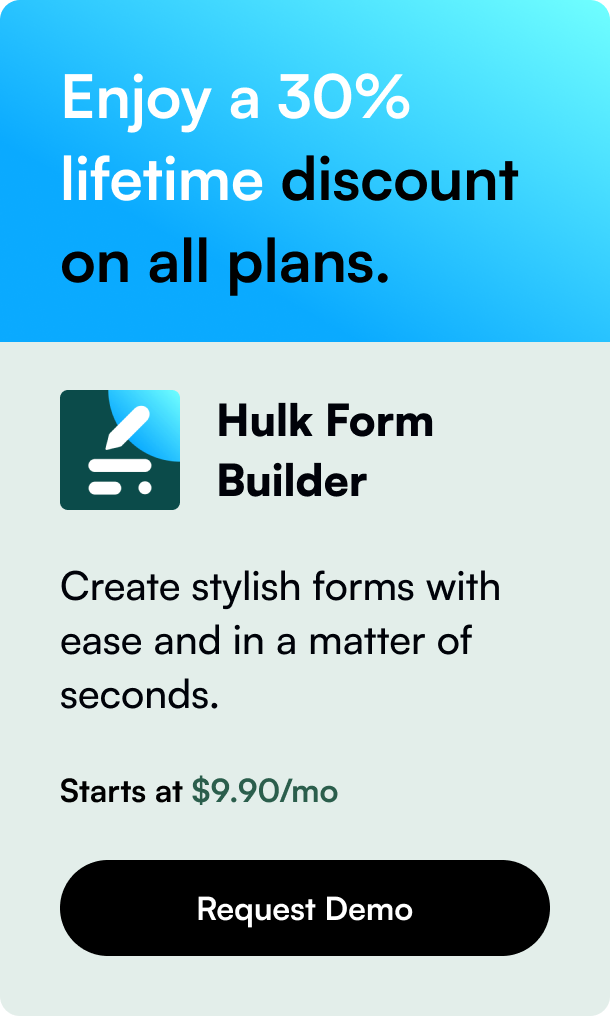Table of Contents
- Introduction
- Unraveling the Process of Page Creation and Management on Shopify
- Deep Diving into Shopify Page Management
- Conclusion: Mastering Shopify Pages
Introduction
Have you ever found yourself overwhelmed managing an online store, especially when it involves crafting informative and organized pages? Whether it's a detailed "About Us" page or a functional "Contact Us" section, mastering the art of page addition on Shopify can significantly elevate a customer's browsing experience. If you're diving into the Shopify world, knowing how to add pages effectively is crucial. But with so many details to remember, you might ask yourself, where do I even begin?
In this post, you'll learn everything you need to know about creating, adding, and managing pages on your Shopify store. Not just a step-by-step approach, but also some actionable tips and insights into making your pages attractive and search-engine friendly!
Unraveling the Process of Page Creation and Management on Shopify
Shopify provides an excellent platform for retailers, even those with minimal technical knowledge, to create and manage pages. Not limited to just a static page, it's where you can weave the story of your brand, detail your shipping policies, or share educational blogs. Shopify partners, offering expert assistance, may be available, but understanding the process empowers you to take charge of your store's narrative.
Crafting the Perfect Pages for Your Store
Pages on Shopify aren't just placeholders for information; they're canvases where your brand's voice shines through. Tailoring your page content with Shopify's rich text editor can give life to otherwise mundane information. Insert videos, customize HTML, or use AI-generated content to enrich your pages with all the bells and whistles Shopify provides.
Linking Pages: The Art of Navigation
A well-crafted page is only as good as its visibility. Link your pages within your Shopify store's navigation, or consider embedding them as part of blog posts for related information. This not only streamlines user experience but also gives your pages the attention they deserve.
Optimizing for Search Engines: The Untapped Potential
Optimizing your page content and titles for search engines can open the doors to high traffic flow. Detailed product pages, for example, if enriched with the right keywords, could be the key to skyrocketing your organic reach.
Deep Diving into Shopify Page Management
Each page on Shopify is genuine real estate for showcasing products, brand philosophy, and more. Balancing between a detailed yet concise exposition of information will not only inform but engage the customer, potentially guiding them through a seamless journey to checkout.
Page Organization: Laying Out Your Content
Be deliberate with the page structure on your site. Numeral headings, bullet lists, and well-thought-out categories pave a clear path for efficient browsing. For example, leveraging the automatic or manual collection pages on Shopify can spotlight specific product archives, luring customers into exploring more.
Effortless Navigation: A Key to Customer Satisfaction
Swiftly maneuvering through a website is what customers yearn for. Utilize Shopify's intuitive tools to ensure your headers, footers, and menus are guiding customers like the North Star—straight to their desired products or information.
The Allure of Custom Pages
Custom pages are like specialty stores within a mega-mall; they offer unique experiences. Think interactive and engaging, perhaps through multimedia, product-carousel, or even quizzes. These detailed pages should not only inform but also delight.
Conclusion: Mastering Shopify Pages
In a nutshell, pages are the lifeblood of your Shopify store. They’re not just for aesthetics – they're an integral part of your brand's digital persona and the customer's online experience. Attention to detail is paramount, from the title to the final call-to-action. So don’t hold back; unfurl your creativity, strategically optimize for SEO, and watch as your website becomes a bustling hub of customer interaction.
FAQ: Addressing Common Queries
Q: What’s the difference between a blog post and a page on Shopify? A: On Shopify, a blog post is typically for updating customers with news or story-like content, whereas a page holds more static information that often lends itself to being a reference point.
Q: How can I ensure my Shopify pages load quickly? A: Optimize images, leverage browser caching, and minify CSS and JavaScript to ensure swift loading times. Fast-loading pages are not just customer-pleasers but also yield higher SEO rankings.
Q: Can I add user-generated content to my Shopify pages? A: Yes, sections for reviews or customer feedback can be integrated within your Shopify pages, fostering a community feel and authenticity that resonates with new customers.
In essence, your Shopify pages aren't just destinations—they're experiences. Harness its full potential, and it'll prove to be the cornerstone of not just a storefront but a vibrant marketplace alive with informed and engrossed customers.
This content is powered by innovative programmatic SEO.








